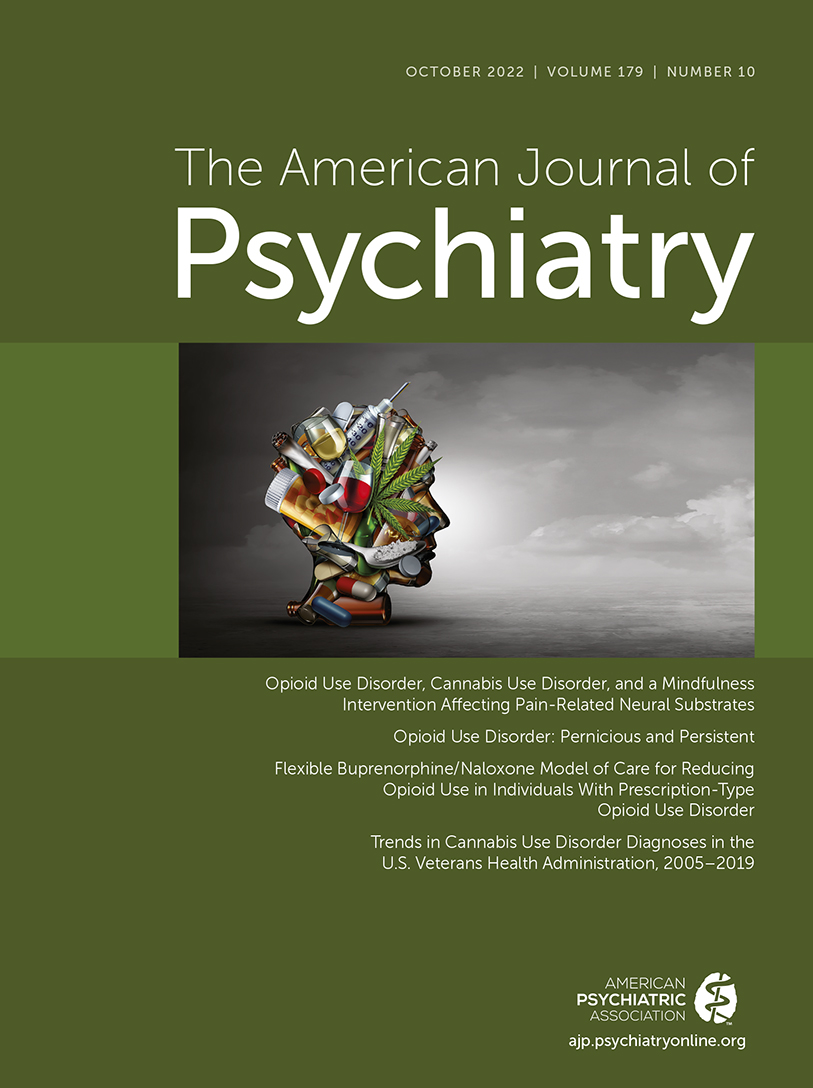Impact of COVID-19 Telehealth Policy Changes on Buprenorphine Treatment for Opioid Use Disorder
Abstract
Objective:
The authors examined the impact of COVID-19-related policies reducing barriers to telehealth delivery of buprenorphine treatment for opioid use disorder (OUD) on buprenorphine treatment across different modalities (telephone, video, and in-person visits).
Methods:
This was a national retrospective cohort study with interrupted time-series analyses to examine the impact of policy changes in March 2020 on buprenorphine treatment for OUD in the Veterans Health Administration, during the year before the start of the COVID-19 pandemic (March 2019 to February 2020) and during the first year of the pandemic (March 2020 to February 2021). The authors also examined trends in the use of telephone, video, and in-person visits for buprenorphine treatment and compared patient demographic characteristics and retention in buprenorphine treatment across the two periods.
Results:
The number of patients receiving buprenorphine increased from 13,415 in March 2019 to 15,339 in February 2021. By February 2021, telephone visits were used by the most patients (50.2%; 4,456 visits), followed by video visits (32.4%; 2,870 visits) and in-person visits (17.4%; 1,544 visits). During the pre-pandemic period, the number of patients receiving buprenorphine increased significantly by 103 patients per month. After the COVID-19 policy changes, there was an immediate increase of 265 patients in the first month, and the number continued to increase significantly, at a rate of 47 patients per month. The demographic characteristics of patients receiving buprenorphine during the pandemic period were similar to those during the pre-pandemic period, but the proportion of patients reaching 90-day retention on buprenorphine treatment decreased significantly from 49.6% to 47.7%, while days on buprenorphine increased significantly from 203.8 to 208.7.
Conclusions:
The number of patients receiving buprenorphine continued to increase after the COVID-19 policy changes, but the delivery of care shifted to telehealth visits, suggesting that any reversal of COVID-19 policies must be carefully considered.



